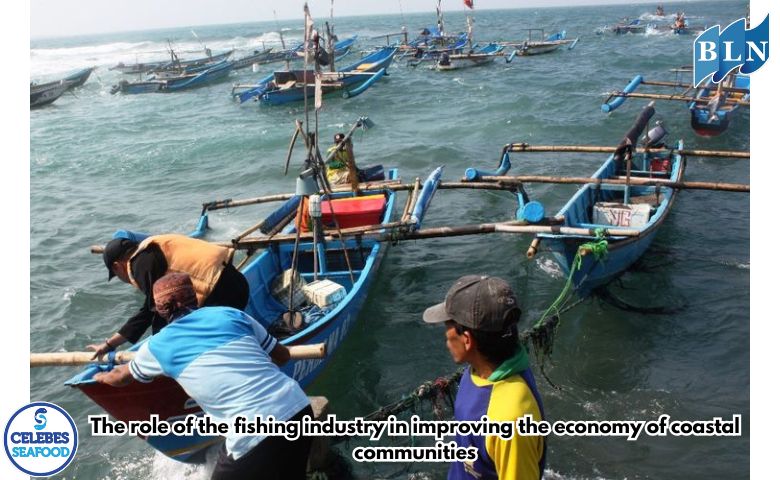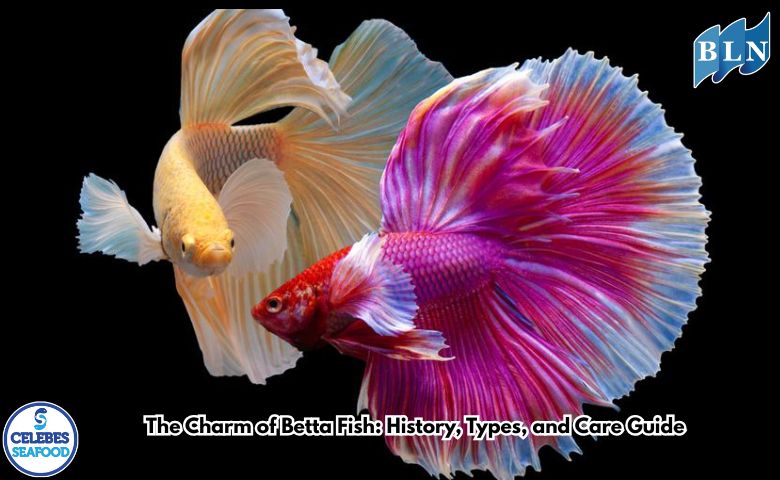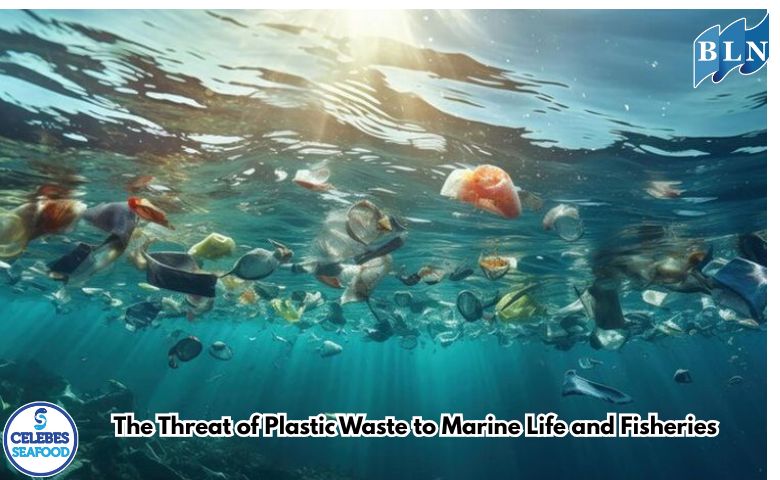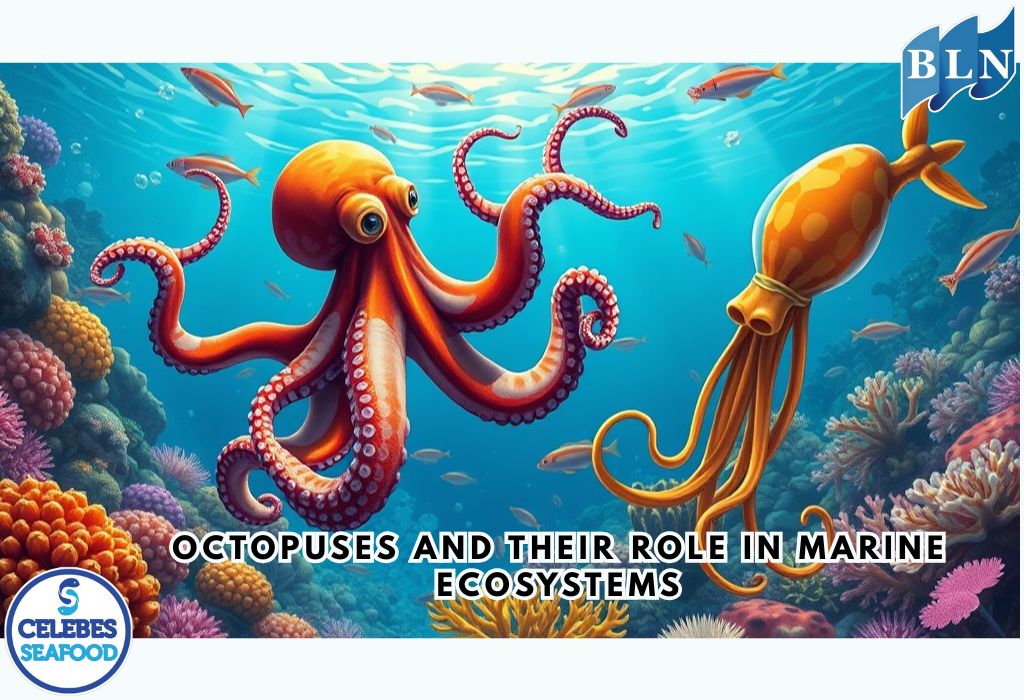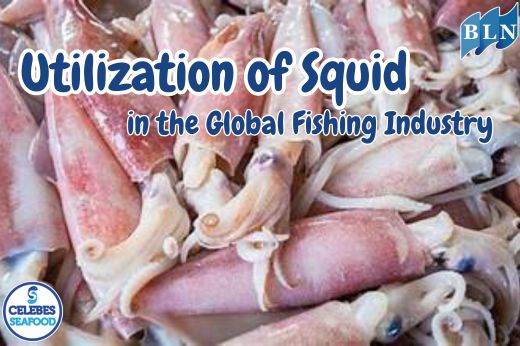The Role of Giant Clams as Bioindicators of Marine Health
By. Edi - 06 Aug 2025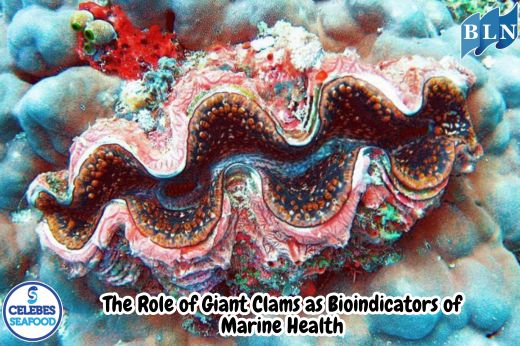
lautnusantara.com Giant clams, scientifically known as Tridacna, are a type of marine biota that plays a crucial role as bioindicators of marine health. As bottom-dwelling creatures, the presence and condition of giant clams can be a direct reflection of the quality of the surrounding environment. By observing their populations, growth, and health, researchers can gain a clear picture of the condition of coral reef ecosystems.
A. What is a Bioindicator?
A bioindicator is a living organism whose presence, number, or condition indicates specific environmental conditions. In the marine context, bioindicators can be used to detect pollution, temperature changes, or habitat destruction. Giant clams are highly effective as bioindicators for several reasons:
- Sedentary: Giant clams spend their entire lives in one location, making them inextricably linked to environmental changes. This means they are directly exposed to the conditions of the surrounding wter.
- Sensitive to Change: They are highly sensitive to changes in water quality, particularly temperature, salinity, and clarity. Rising water temperatures, for example, can cause them to bleach or even die.
- Longevity: Giant clams can live for decades or even hundreds of years. This long lifespan allows scientists to track environmental changes over long periods of time.
B. How Do Giant Clams Indicate Ocean Health?
1. Water Quality Indicator
Clams need clean, clear water to survive. They have a symbiotic relationship with photosynthetic algae (zooxanthellae) that live within their tissues. These algae require sunlight for photosynthesis. If the water is cloudy due to sediment or pollution, the algae cannot get enough light, which will ultimately weaken and kill the giant clams. Therefore, a healthy, brightly colored giant clam population indicates that the water quality in a body of water is well maintained.
2. Pollution and Sedimentation Indicator
Pollution, whether from industrial waste or sedimentation due to erosion, is very harmful to giant clams. Fine particles can clog the gills of clams, disrupting their feeding process, and blocking light from reaching their symbiotic algae. A drastic decline in clam populations is often a sign of increased pollution or sedimentation in the area.
3. Climate Change Indicator
Rising sea surface temperatures due to climate change pose a serious threat. Clams are highly susceptible to heat stress. When water temperatures exceed their tolerance threshold, they release their symbiotic algae, causing their shells to bleach. This phenomenon, known as clam bleaching, is similar to coral bleaching and is a clear signal that an ecosystem is experiencing environmental stress.
C. The Role of Clams in Conservation
As bioindicators, clams are a vital asset in marine conservation programs. Monitoring clam populations can help conservation area managers:
- Identify threatened areas: A decline in clam numbers in a location can serve as an early warning for conservationists to take immediate action.
- Evaluate program success: If clam populations are growing and healthy in a protected area, this can be an indicator that conservation programs are effective.
- Public Education: The visible condition of giant clams in shallow waters can be a powerful educational tool to raise public awareness about the importance of maintaining ocean health.
D. Threats and Conservation
Despite their important role, giant clam populations continue to be threatened by several factors:
- Illegal Hunting: Illegal hunting for their meat and shells is the biggest threat.
- Habitat Destruction: Damage to coral reefs due to explosive or poison fishing, as well as pollution from waste, directly damages giant clam habitats.
- Climate Change: Rising sea temperatures can cause bleaching in giant clams, which can lead to their death.
To protect giant clams, the government and various conservation organizations have undertaken various efforts, such as:
- Clams cultivation.
- Establishing conservation areas.
- Educating the public about the importance of preserving giant clams.
Therefore, protecting giant clams means not only preserving one species, but also maintaining the health of the entire coral reef ecosystem, which is home to marine biodiversity.
If you are interested in our Coral Trout Fillet Skin On, CORAL TROUT WGG WHOLE GILLED GUTTED, TOMATO COD WHOLE GILLED GUTTED please do not hesitate to contact us through email and/or whatsapp.
